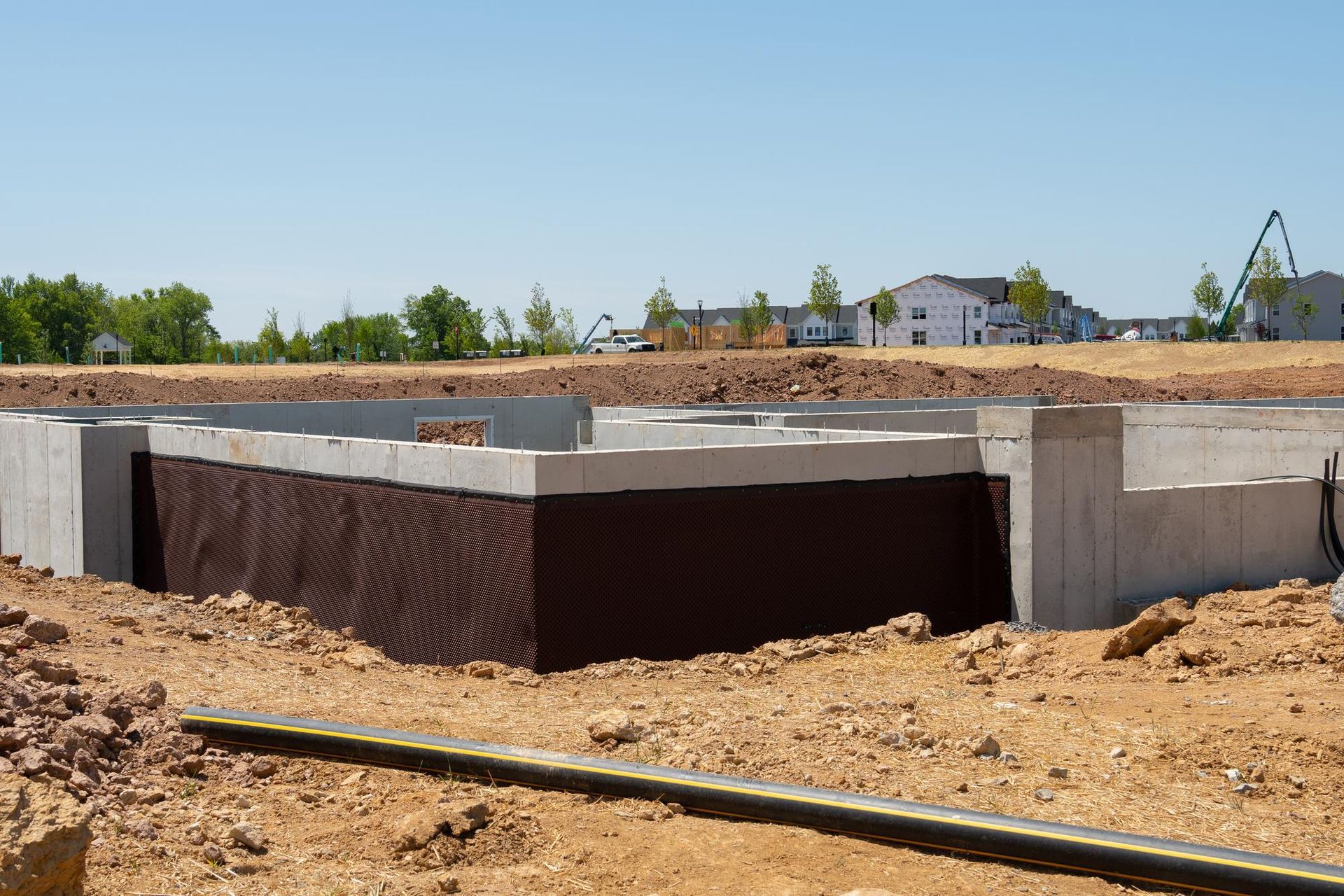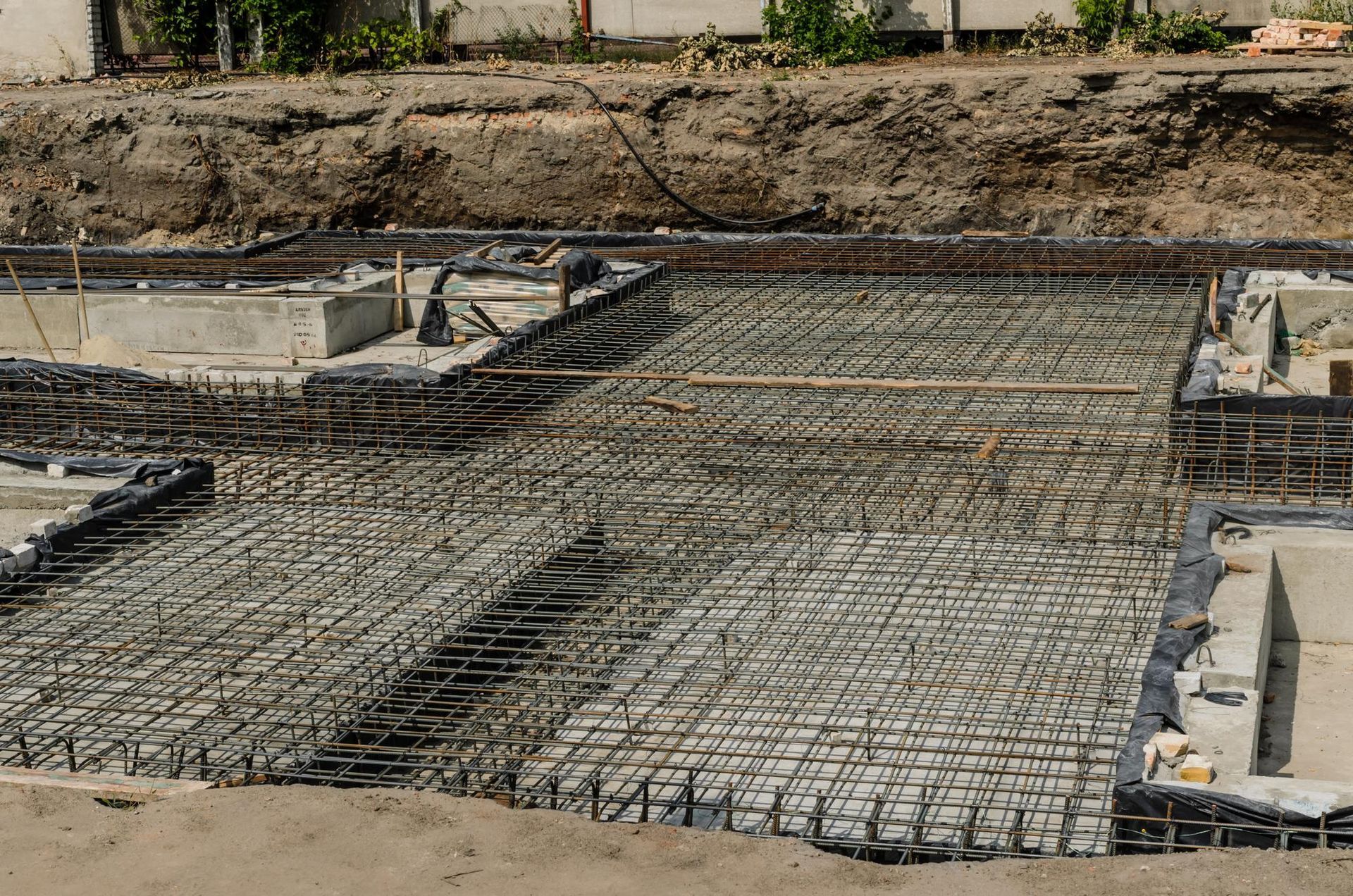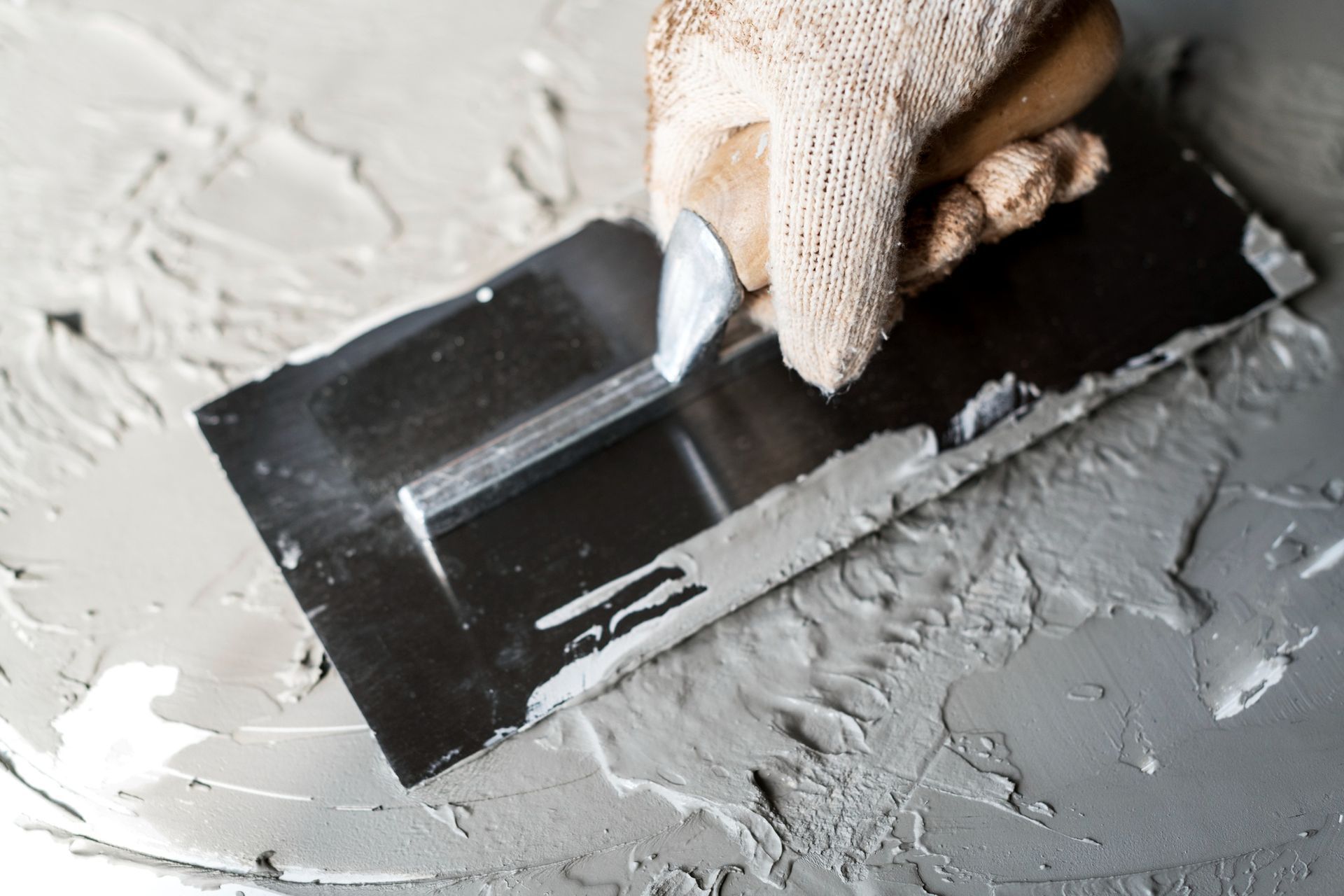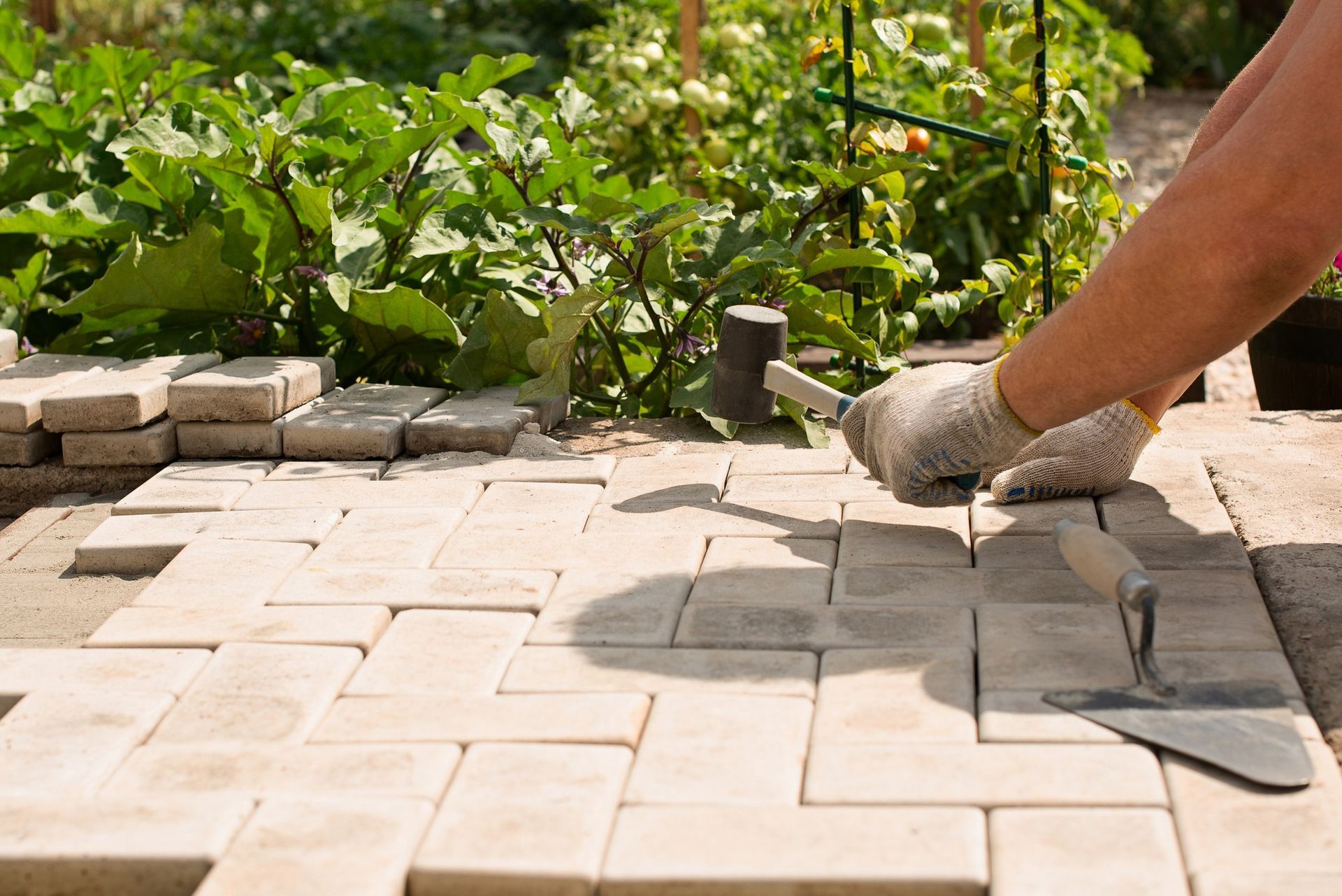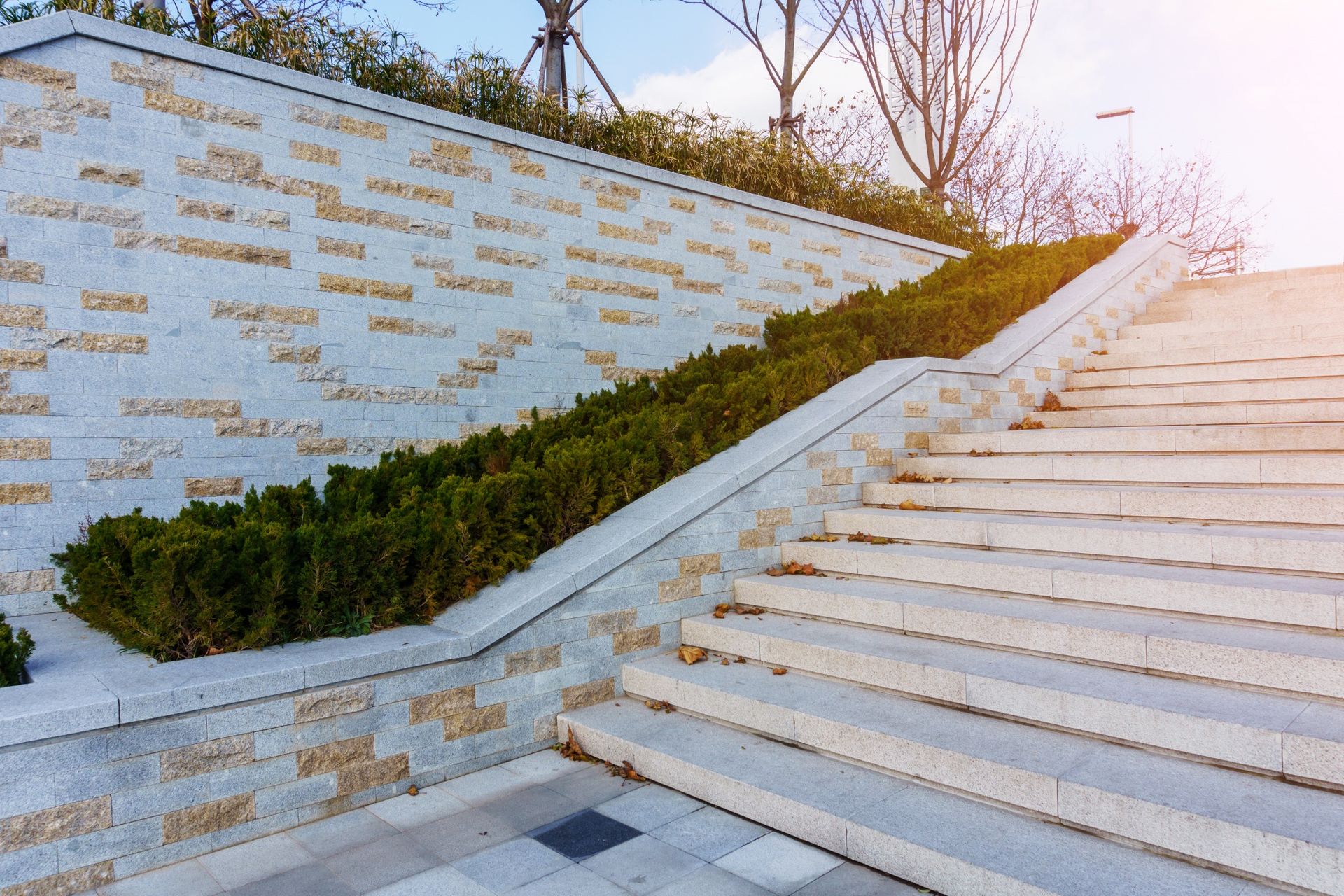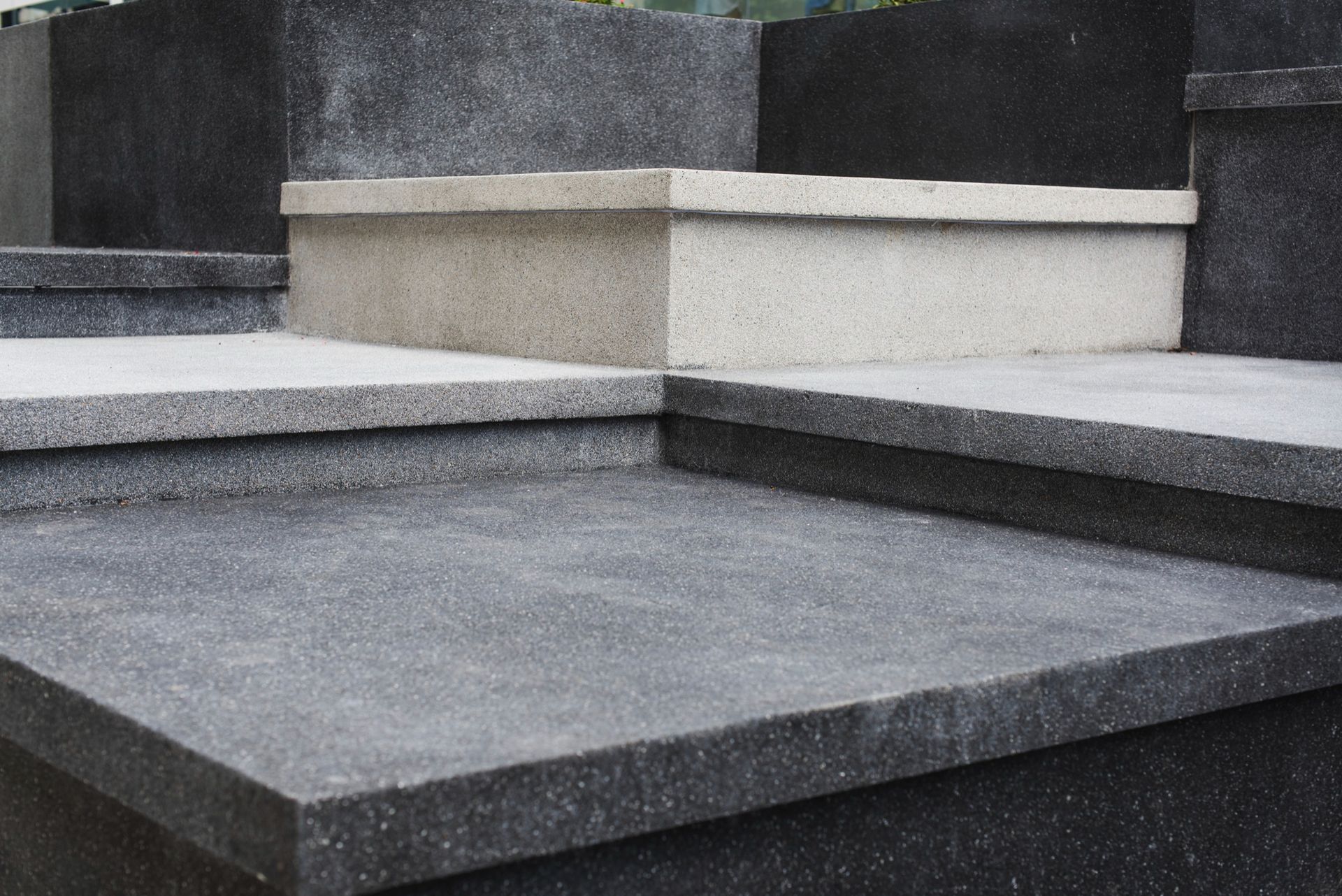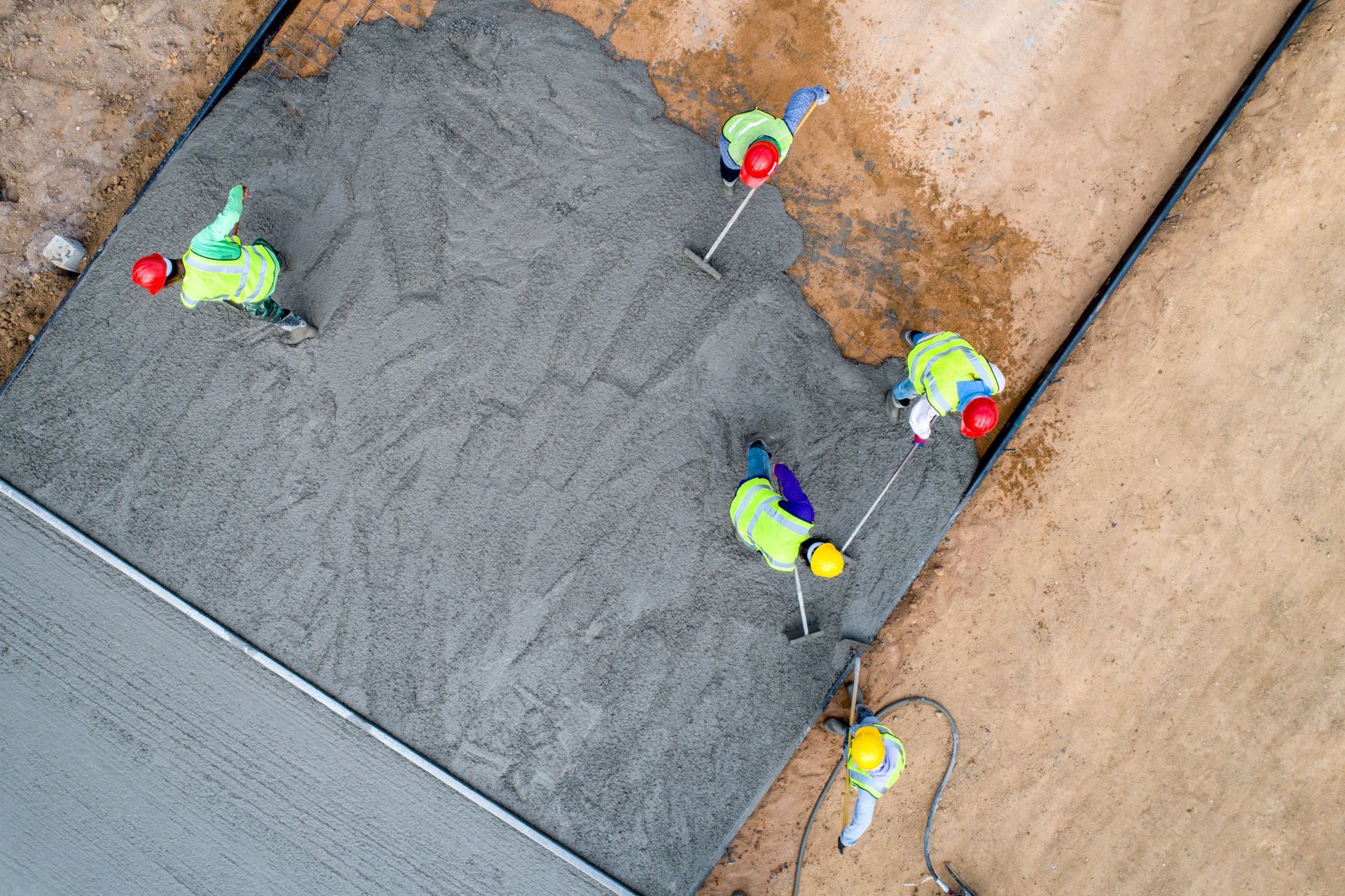Maximizing Durability in Construction: Choosing Concrete Column Forms
When it comes to construction, durability isn't just a feature; it's a necessity. Among the many elements that contribute to building sturdy structures, one key player often stands out: concrete column forms. These forms are the backbone of modern construction, providing the necessary support and shape to concrete as it sets. In this article, we'll delve into how choosing the right concrete column forms can maximize the durability of your construction projects.
Understanding Concrete Column Forms
What Are Concrete Column Forms?
Concrete column forms are essential tools in construction, acting as molds that shape and hold concrete in place as it hardens. Imagine them as the skeleton that gives form and stability to a concrete column, much like a mold used in baking to shape cakes.
Types of Concrete Column Forms
- Wooden Forms: Traditional and versatile, wooden forms are popular for their ease of use and adaptability to various shapes and sizes. However, they might not be as durable as other materials.
- Metal Forms: Known for their strength and durability, metal forms are a go-to for heavy-duty construction. They can be reused multiple times, making them a cost-effective choice for large projects.
- Plastic Forms: Lightweight and resistant to moisture, plastic forms are gaining popularity. They are easier to maneuver and can be a good choice for complex designs.
- Fiberglass Forms: These forms offer a balance of durability and flexibility. They are often used for more intricate architectural designs due to their smooth finish and adaptability.
The Role in Construction Durability
Concrete column forms are not just about shaping the concrete; they also play a significant role in ensuring the uniformity and strength of the columns. A well-made form ensures that the concrete cures evenly and attains its maximum strength, directly influencing the longevity and safety of the building.
Factors Influencing Durability of Concrete Columns
Material Selection for Column Forms
The choice of material for concrete column forms can significantly impact the durability of a concrete column. For example, metal forms offer greater strength and can withstand higher pressure, making them ideal for large, load-bearing structures. On the other hand, wooden forms might be more suitable for smaller projects or where custom shapes are needed.
Design Considerations
The design of the concrete column form is as crucial as the material. The form should be designed to withstand the pressure of the concrete, prevent leaks, and ensure even curing. An inadequately designed form can lead to weaknesses in the concrete column, such as uneven curing or air pockets, which compromise the structure's integrity.
Environmental Factors
Concrete column forms are often exposed to various environmental factors that can affect their performance and, consequently, the durability of the concrete columns. For instance, in areas with high moisture or corrosive elements, metal forms can rust, while wooden forms may rot. Selecting forms that can withstand these environmental challenges is essential for long-term durability.
Load-Bearing Capacity
Another critical factor is the load-bearing capacity of the forms. The forms must be able to support the weight of the concrete until it cures. Insufficient strength can lead to form failure, compromising the column's structure and safety.
Choosing the Right Concrete Column Forms
Criteria for Selection
Choosing the right concrete column forms involves several key considerations:
- Load-Bearing Capacity: The forms must be strong enough to support the weight of the concrete until it cures completely.
- Shape and Size: Depending on the design of the building, the forms should accommodate various shapes and sizes, from simple cylinders to more complex geometric forms.
- Reusability: Especially important in large-scale construction, selecting forms that can be reused can reduce overall project costs.
- Ease of Removal: Once the concrete has cured, the forms should be easy to remove without damaging the structure.
Comparing Materials
- Wood vs. Metal: Wood is more adaptable for unique shapes but less durable than metal. Metal, while more expensive, offers greater strength and reusability.
- Plastic vs. Fiberglass: Plastic forms are lightweight and resistant to moisture, suitable for complex shapes. Fiberglass, offering a smooth finish, is ideal for visible surfaces.
Case Studies and Examples
Including real-world examples of successful concrete column form selections can illustrate the principles in practice. For instance, a case study of a high-rise building might show the effectiveness of metal forms in supporting heavy loads.
Innovations and Advancements in Concrete Column Forms
Technological Advancements
The field of concrete column forms is continually evolving, with new technologies enhancing their efficiency and effectiveness:
- Self-Climbing Forms: These automated systems climb up the building as construction progresses, significantly speeding up the construction process.
- Flexible Forms: Innovations in materials have led to more flexible forms, allowing for more creative and complex architectural designs.
- Eco-Friendly Materials: There's a growing trend in using sustainable materials for forms, reducing the environmental impact of construction.
Improving Durability and Efficiency
Advancements are not just about new materials or technologies; they also focus on improving the durability and efficiency of concrete column forms. For instance, modern forms are designed to be more resilient to environmental stressors, ensuring longer life spans and reduced maintenance needs.
Sustainable Practices
The industry is moving towards more sustainable practices, with forms made from recycled materials or designed for minimal waste. This shift not only benefits the environment but also aligns with the growing demand for green building practices.
Best Practices for Maximizing Durability
When it comes to maximizing the durability of concrete column forms, a few key practices stand out as essential. These practices not only ensure the longevity of the forms themselves but also contribute significantly to the overall strength and durability of the completed concrete structures.
- Proper Installation Techniques: The installation of concrete column forms is a critical step in the construction process. It's vital to ensure that these forms are installed correctly and securely. This means checking that the forms are perfectly aligned, adequately supported, and free from any gaps or spaces where concrete could leak. Correct installation prevents issues like warping or bending of the forms, which can lead to weaknesses in the concrete columns.
- Use of High-Quality Materials: The choice of materials used for concrete column forms directly impacts their durability. High-quality materials may cost more upfront, but they pay off in the long run by reducing the need for repairs or replacements. These materials can better withstand the pressures of poured concrete and the environmental factors they are exposed to during construction.
- Regular Maintenance and Inspection: Routine maintenance and inspection of concrete column forms are crucial for ensuring their longevity. This involves cleaning the forms after each use to remove any residual concrete, checking for damage like cracks or bends, and making repairs as needed. Regular maintenance helps to identify potential problems early, preventing more significant issues down the line.
- Optimizing Curing Conditions: The curing of concrete within the forms is a process that needs careful management. Ensuring optimal curing conditions, such as the right temperature and humidity levels, can significantly impact the strength and durability of the concrete. Poor curing conditions can lead to issues like cracking or insufficient hardness, which compromise the integrity of the concrete columns.
- Training and Expertise: The skills and knowledge of the workers handling concrete column forms are also crucial. Proper training in the handling, installation, and maintenance of these forms ensures that they are used correctly and efficiently. Workers with the right expertise can make a significant difference in the overall quality and durability of the construction.
- Adhering to Safety Standards and Regulations: Following safety standards and construction regulations is not only a legal requirement but also a best practice for ensuring the durability of concrete column forms. These standards are designed to ensure that all aspects of construction, including the use of forms, are carried out in a way that prioritizes structural integrity and longevity.
By implementing these best practices, construction professionals can significantly enhance the durability of concrete column forms, directly contributing to the strength and longevity of the concrete structures they help create.
Environmental Considerations and Sustainability
In the realm of construction, especially when it comes to using concrete column forms, environmental considerations and sustainability have become increasingly important. As the construction industry evolves, there is a growing awareness of the impact that building materials and practices have on the environment. This awareness has led to a shift towards more sustainable and eco-friendly approaches in the use of concrete column forms.
The
environmental impact of concrete column forms can be seen in various aspects of their lifecycle, from the manufacturing process to their use and eventual disposal. Traditional forms, particularly those made from non-renewable materials like certain plastics or metals, can contribute to environmental degradation. This includes the depletion of resources, energy-intensive production processes, and challenges associated with waste disposal.
In response to these concerns, the construction industry is exploring more sustainable practices. This includes the development and use of forms made from recycled or renewable materials. Such materials not only reduce the consumption of new resources but also minimize the carbon footprint associated with the production of concrete column forms. Additionally, by focusing on forms that are durable and reusable, there is a significant reduction in waste generated over the course of a construction project.
Another key aspect of sustainability in the use of concrete column forms is the energy efficiency of the construction process. Forms that are designed for ease of installation, removal, and reuse can significantly reduce the overall energy consumption of construction projects. This efficiency is not just beneficial for the environment but also translates into cost savings for builders and developers.
Furthermore, the disposal of concrete column forms is a critical environmental consideration. Developing forms that can be easily recycled at the end of their lifespan helps to reduce the impact on landfills and the environment. This approach is aligned with the principles of circular economy, where the focus is on reusing and recycling materials to the greatest extent possible.
The sustainability of concrete column forms also extends to the concrete itself. Advances in concrete technology, including the use of eco-friendly concrete mixes, complement the use of sustainable forms. By considering the environmental impact of both the forms and the concrete, the construction industry can take a more holistic approach to sustainability.
The focus on environmental considerations and sustainability in the use of concrete column forms reflects a broader shift in the construction industry towards more responsible and eco-friendly practices. By adopting sustainable materials, improving efficiency, and ensuring responsible disposal, the industry can significantly reduce its environmental footprint while still meeting the demands of modern construction.
Conclusion
Concrete column forms are a pivotal element in the construction industry, crucial for ensuring the durability and longevity of structures. Understanding the various factors involved in selecting the right forms is key to improving the quality of our constructions. At Bri-Mic Construction, Inc., based in North Collins, NY, we specialize in providing top-notch concrete column form solutions. With our expertise and commitment to quality, we ensure that every project we undertake meets the highest standards of durability and sustainability. For professional advice or services, don't hesitate to contact us at 716-337-0500. Let us help you make your next construction project a lasting success.

